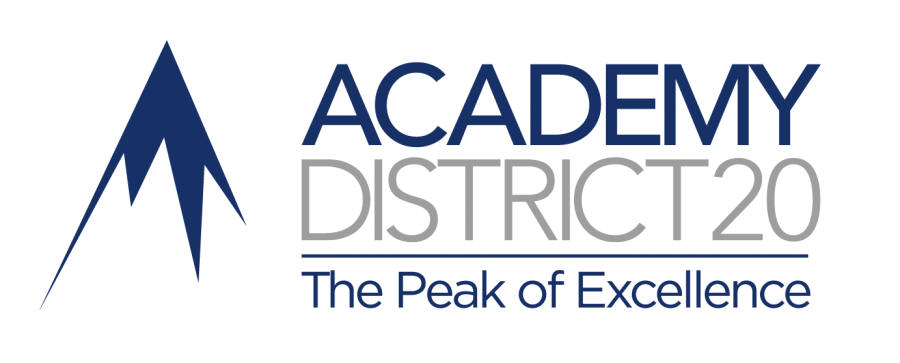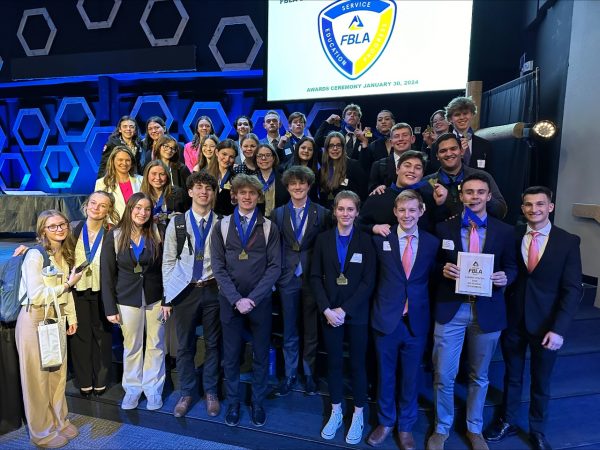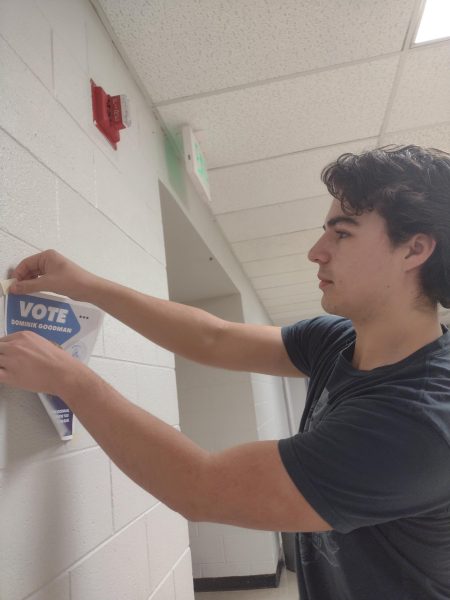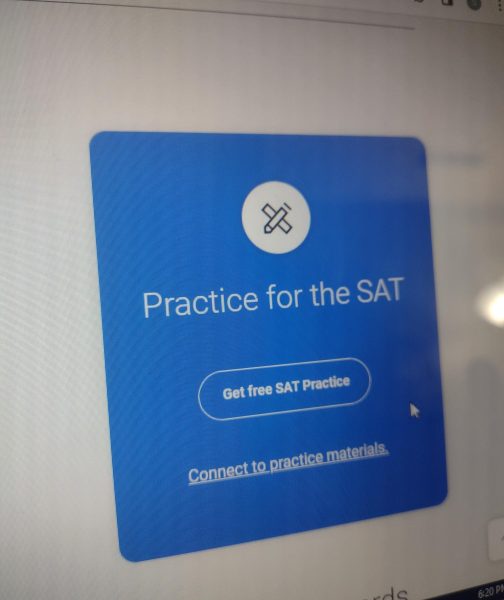D-20’s New Money
In the aftermath of this whirl-wind election one institution won above all else: D20 schools. Hidden among the assisted suicide measure, raised minimum wage, and of course the next president of the United States, was a proposition regarding an increase in funding for District 20 schools. Signs across D-20 communities sprung up, “Yes for D-20 kids, yes on 3a.” The ballot received an overwhelming 67.1% in favor and 32.8% in opposition of the mill levy, granting District 20 $230 million dollars to use at its discretion.
So what exactly does this mean for D-20 and all of its residents? The superintendent of District 20, Dr. Mark Hatchell, outlined the direction of the new funding, stating, “[The money will go to] 2 new elementaries, a new middle school, an innovation and learning center. Remodels, renovations and additions to a number of schools including AAHS. Also funds will go to every school for building related projects. By law, no money will go toward salaries, etc.” It is evident that this already booming school district will see drastic changes in the near future.
On District 20’s website, an entire tab was dedicated to informing readers about the ballot measure and what it could mean for D-20 as a whole. Mentioned among the statistics was the fact that District 20 is growing at a tremendous rate, “The district has grown by 7,000 students since the last bond issue 15 years ago and demographers predict the district will grow by an additional 5,000 students over the next 10 years.” Needless to say, new funding was necessary to stimulate the increased population of this booming Colorado Springs area.
Even more specifically, the improvements set to be implemented have addressed some major issues within the school of Air Academy. Our fearless principal, Dan Olsen, listed some of the renovations set to be completed in the near future. Among these restorations would be a complete rebuild of B-building’s science laboratories that date back to 1959. Also, the school has fallen victim to its deteriorating age as ceilings have exposed leaks, asbestos still lingers in older building’s insulation, and many more infrastructure ailments have presented themselves over time. The millions of dollars included in the levy will obviously not be exclusive to Air Academy, but will be more than enough to reboot our schools aesthetic and pass the wealth onto other D-20 establishments.
Not to say there could be side effects of this seemingly beneficial mill levy. Opposers of this proposition say that the bond is matter of realizing the district’s wants and not their needs. Not to mention, D-20 has often been synonymous with the most wealthy school districts in the city, if not the state. Individuals who voted “no” insisted that it is selfish to grant a district of this caliber this kind of funding for non-necessity assets. In reality, however, the district ranks 175th in state funding for education out of 178 school districts and the district needs local taxpayers’ continued support to maintain the excellence the community expects. On a side note, D-11 also had a similar bond measure on this years ballot, but this proposition did not pass.
It is only speculation as t o why one measure succeeded and the other did not; however, one enticing aspect of the D-20 measure was that the mill levy saw no tax increase for D-20 residents. Mark Hatchell also confirmed in our interview with him that, “For D20 taxpayers there will be no change. The property tax rate will remain the same.” Taxes in general were a hot button topic for El Paso County citizens in this election, and the fact that they could help a Colorado Springs educational system without having to pay more taxes than they already do seemed like a no-brainer to the majority of voters.
o why one measure succeeded and the other did not; however, one enticing aspect of the D-20 measure was that the mill levy saw no tax increase for D-20 residents. Mark Hatchell also confirmed in our interview with him that, “For D20 taxpayers there will be no change. The property tax rate will remain the same.” Taxes in general were a hot button topic for El Paso County citizens in this election, and the fact that they could help a Colorado Springs educational system without having to pay more taxes than they already do seemed like a no-brainer to the majority of voters.
The entire process was brought to life by involved community members looking to better their public school system. About a year and a half ago, a course of action was drafted to get this mill levy off the ground. A committee was formed that was called the District 20 Growth and Capital Needs Committee. This committee consisted of twenty-seven District 20 community members; such as Megan Chura, a mother of two daughters attending District 20 schools. She explained the committee’s role in the success of this ballot measure. In essence, they transferred input from the community to the district’s executives so that the measure included the agenda of the community and not just of the decision makers within the district. In addition, they outlined a proposal to District 20’s superintendent incorporating the requests of the community to be addressed in the ballot measure. It is safe to assume that this mill levy would have never seen the ballot on November 8th had it not been for the efforts of this committee and the community they represented.
In the coming years, District 20 will see an exorbitant makeover. Schools will assume newer and nicer facilities that students can use to aide them in their quest for knowledge. Overall, this levy is a testament to the power of the community. That if we work together, political propositions can be realized, and our goals can become reality. The success of this ballot measure was truly a win for the future of our community, and the children who will forge their path within it.

What's up? My name is Ryan Self, and I live in southern Colorado. I am a junior here at Air Academy High, and I'm the co-creator of the humor column "Half-Wit...














Whitney Moran • Dec 1, 2016 at 12:45 pm
I cannot wait to see these new improvements in action.
Ryn Wayman • Dec 1, 2016 at 12:36 pm
It will be cool to see if the things that are promised are actually followed through on
Luke Negley • Dec 1, 2016 at 12:14 pm
So glad to hear that D20 got some dough for improvements in the schools!!!!!!!